Description
Dwarf coconut palm
In addition to its nutritional value, our dwarf coconut palm is used to beautify gardens, parks, playgrounds, etc.
After 3-5 months in the main nursery bed, coconut seedlings are ready for planting out in the field and this should coincide with the onset of rains.
Proper selection of seedlings in the main nursery alone ensures a 10% improvement in yield.
Below are pointers to good coconut seedlings:
Shoots should have a girth of 10-12 cm at the collar with about 6 leaves.
Short and thick leaf stalks.
Seedlings should have a robust healthy appearance and be free from pests and diseases.
Malaysian Dwarf Coconut Seedlings
Flowers 3-4 years after yield establishment and produces 81 nuts per palm per year.
It has been proven to be resistant to the Lethal Yellowing Disease of coconut.
Therefore, this particular variety is now being advocated for combating the disease.
This variety is also used for ornamental purposes.
Note:
After the coconut has been planted point side down with one-third of the coconut above the soil, it is moved to a well lit, warm spot, the warmer the better as coconuts do best in spots that are 70⁰F (21⁰C) or warmer.
It is important to keep coconuts well-watered during germination without letting it sit in overly wet soil.
If you want to plant a coconut that has already sprouted, go ahead and plant it in well-draining soil so that the bottom two-thirds of the coconut is in the soil.
Place in a warm area and water frequently.
Growing seedlings in polythene bags
For seedlings grown in polythene bags, advantages include more vigorous seedlings with a better root system, better establishment, and early bearing.
Transplanting shock is greatly minimized since there is no root damage and the early establishment of transplanted seedlings.
Seedlings can be retained longer in the nursery when conditions for field planting are not favorable.
Weeding, watering, and elimination of unwanted seedlings are more easily accomplished in seedlings planted in polythene bags.
Polybags are preferably black, UV resistant for durability, and measuring 40 – 45 cm wide with 8 – 10 holes at the bottom. The sides are half-filled with soil and compost mixed at a 50:50 ratio.
Decomposed sawdust, corncobs, rice hull, and other organic materials can be used so as to reduce the weight of the half-filled polybag and improve drainage and soil fertility.
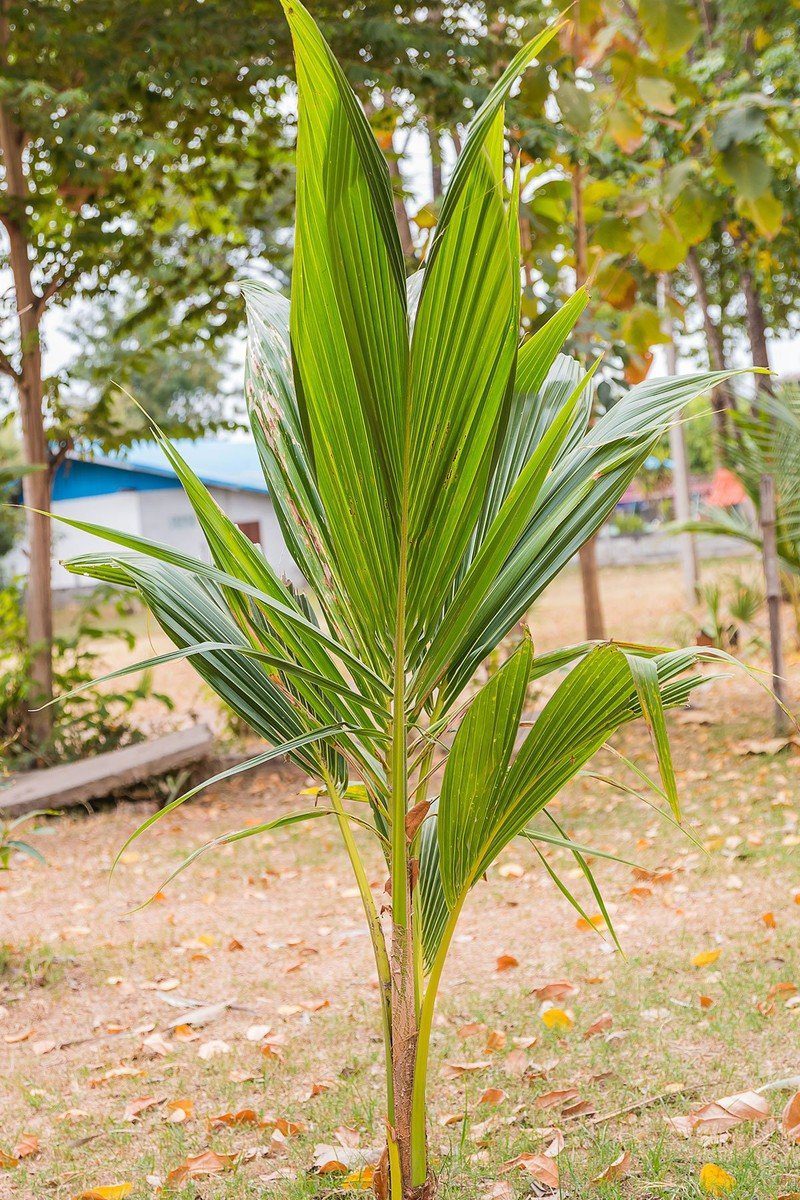
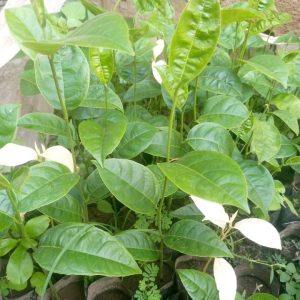
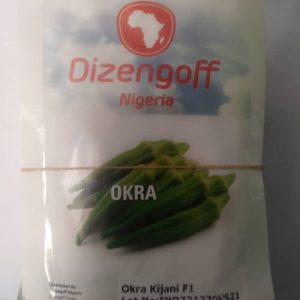
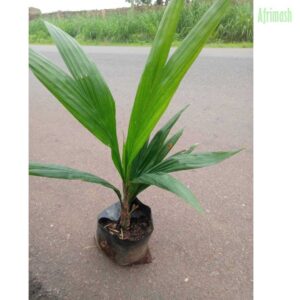
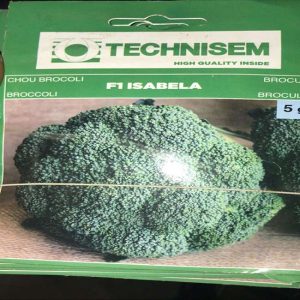
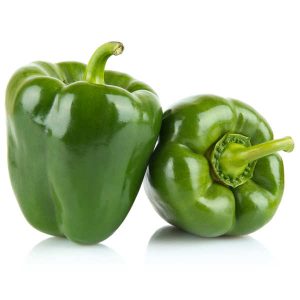
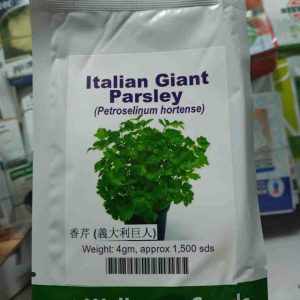
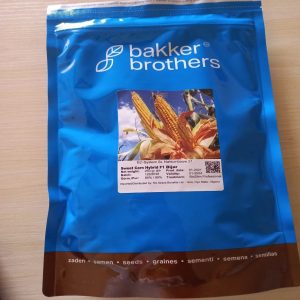
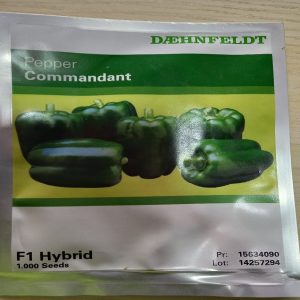
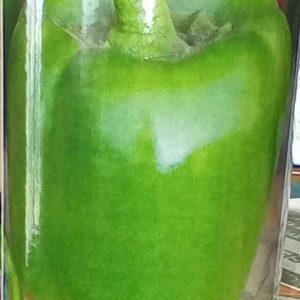
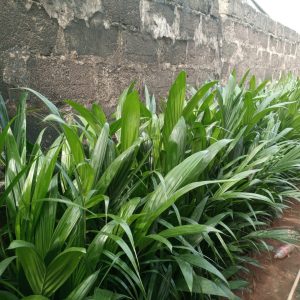
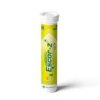
Reviews
There are no reviews yet.